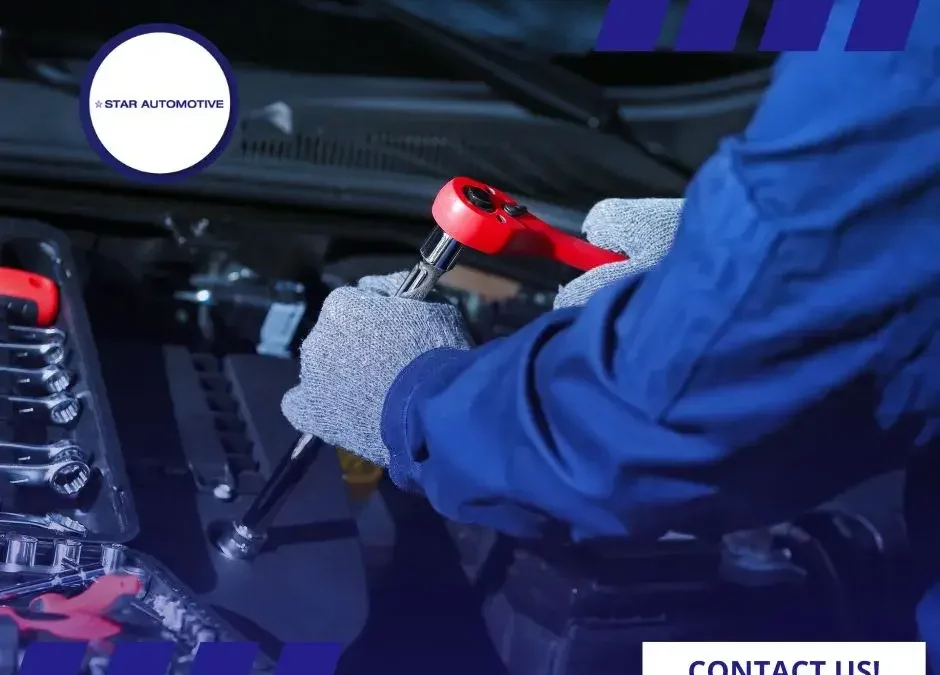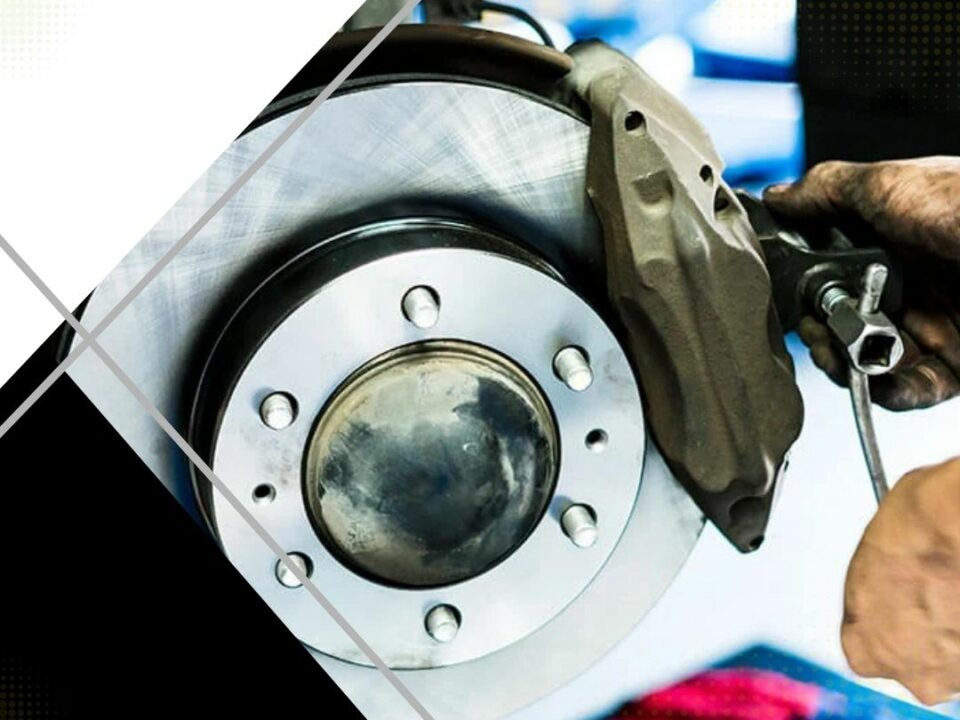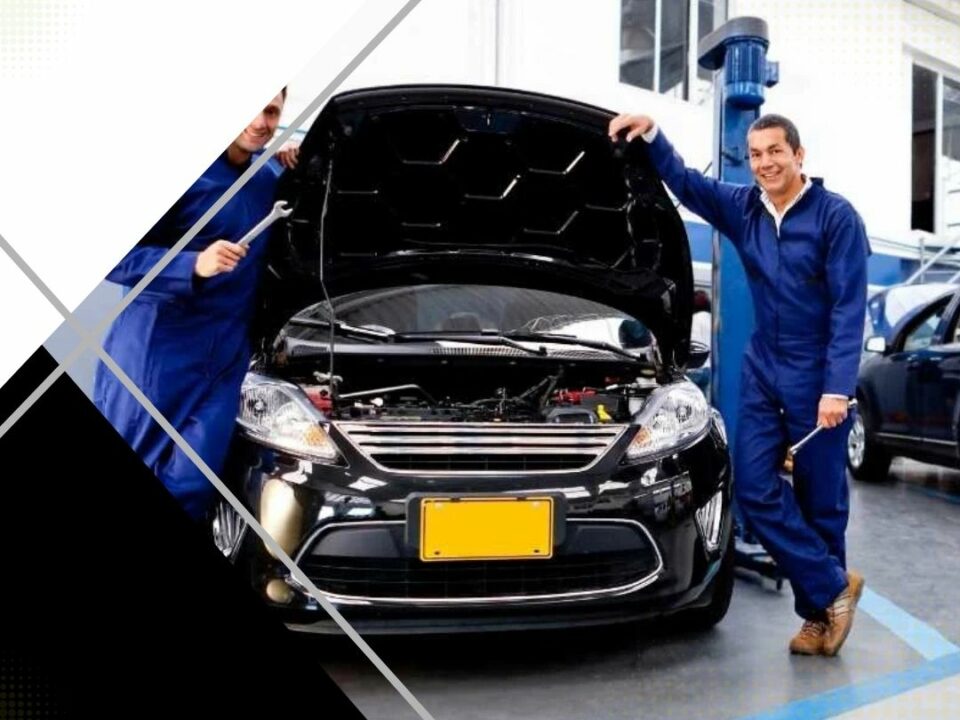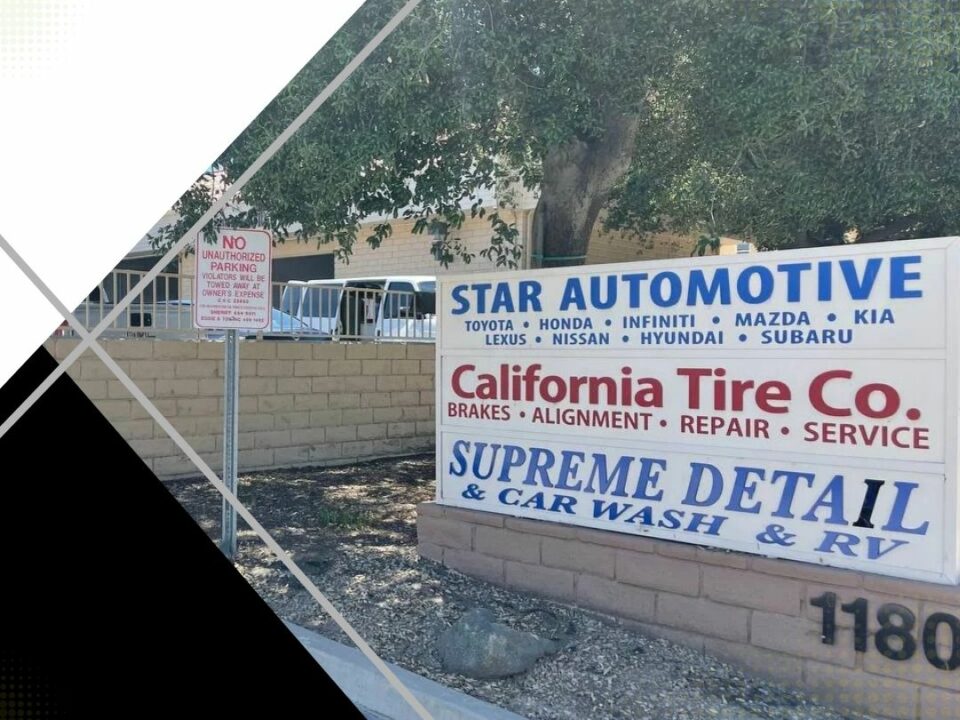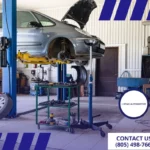
Guide to Preventive Maintenance Procedures for Car Owners
November 13, 2024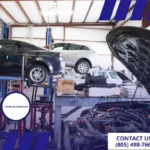
Why Preventive Maintenance Procedures Prevent Costly Repairs
November 13, 2024In an era where vehicles are essential components of daily life, understanding the intricacies of preventive maintenance becomes paramount. The lifespan of your vehicle significantly depends on a meticulously planned regimen of maintenance procedures. These include regular oil changes, vigilant monitoring of fluid levels, and comprehensive brake system inspections, all aimed at sustaining operational integrity. Equally vital are tire rotations, air filter replacements, and thorough assessments of belts and hoses. As we explore these practices, we’ll uncover how each procedure plays a critical role in maximizing vehicular longevity, ensuring reliability, and maintaining performance standards. What often goes unnoticed, however, is…
Regular Oil Changes for Preventive Maintenance
When it comes to maintaining the longevity and performance of your vehicle, few procedures are as universally acknowledged as regular oil changes. This seemingly simple task plays a critical role in ensuring your engine operates efficiently and effectively.
Engine oil serves as the lifeblood of your vehicle, providing lubrication to reduce friction between moving parts, thereby minimizing wear and tear. Furthermore, it acts as a coolant, dissipating heat and preventing engine components from overheating, which can lead to catastrophic engine failure.
Culturally, regular oil changes are a well-ingrained practice among vehicle owners who understand the importance of this routine. By adhering to a consistent oil change schedule, typically every 3,000 to 5,000 miles, drivers demonstrate a commitment to the preservation of their automotive community’s values.
This shared knowledge fosters a sense of belonging among car enthusiasts, who recognize that neglecting this maintenance can lead to a gradual accumulation of sludge and contaminants, thereby impairing engine performance.
For those who seek precision, using the correct grade and type of oil is crucial. Consult your vehicle’s manual or a trusted automotive professional to ensure compatibility, safeguarding your engine’s health and your investment.
Check Fluid Levels as Part of Preventive Maintenance
Maintaining optimal fluid levels is a fundamental aspect of vehicle upkeep that ensures smooth operation and prevents potential mechanical issues. Regularly checking and replenishing your vehicle’s fluids is akin to nurturing a vibrant community; each element plays a critical role in the collective well-being of the system.
Engine oil, coolant, transmission fluid, brake fluid, power steering fluid, and windshield washer fluid each serve distinct functions, and their levels should be monitored with precision.
Engine oil lubricates moving parts, reducing friction and preventing wear. It’s imperative to check its level and condition, ensuring it remains between the minimum and maximum markers on the dipstick.
Coolant levels should be inspected when the engine is cold to prevent overheating and subsequent engine damage. Transmission fluid, critical for smooth gear shifting, should be checked according to the vehicle manufacturer’s guidelines.
Brake fluid, though not discussed in detail here, remains essential for vehicle safety. Power steering fluid ensures responsive steering, and its level should be verified to maintain handling performance. Lastly, while windshield washer fluid might seem minor, its role in visibility under adverse conditions cannot be overstated.
Regular checks and timely refills of these fluids are vital in maintaining your vehicle’s reliability and longevity.
Inspect Brake System as Part of Preventive Maintenance
A well-maintained brake system is paramount to vehicle safety, complementing the proper fluid levels discussed previously. Brake systems, integral to the operation of any vehicle, must be inspected regularly to ensure optimal performance and longevity. This entails checking brake fluid levels, examining brake pads for wear, and assessing the condition of rotors and calipers. Brake fluid should remain clear and within the recommended levels, as it plays a crucial role in transferring force from the brake pedal to the wheels.
Brake pads, the components that press against the rotors to slow the vehicle, require particular attention. Worn pads compromise braking efficiency and can damage rotors if neglected. Replace pads when they reach the manufacturer’s specified minimum thickness, typically around 3 millimeters.
Similarly, rotors should be inspected for warping, scoring, or uneven wear, as these can lead to vibrations or reduced braking power.
Culturally, a well-maintained brake system reflects the shared value of safety and responsibility within the driving community. By diligently inspecting and maintaining your brake system, you contribute to a collective adherence to road safety principles, fostering a sense of belonging among conscientious drivers. Such maintenance not only ensures personal safety but also aligns with the broader societal commitment to responsible vehicle ownership.
Rotate and Balance Tires
Tire longevity and vehicle stability are significantly enhanced through the proper rotation and balancing of tires. Regular tire rotation, ideally every 5,000 to 7,500 miles, ensures even tread wear and helps maintain optimal traction and handling. This procedure involves systematically changing the position of each tire on the vehicle according to its drivetrain configuration—be it front-wheel, rear-wheel, or all-wheel drive. By redistributing the wear patterns, tires can achieve a longer service life, thus reducing the frequency of replacements and contributing to cost-effectiveness.
Balancing tires, meanwhile, addresses the uneven distribution of mass within the tire and wheel assembly that can lead to vibrations, particularly at higher speeds. Using a specialized balancing machine, technicians can pinpoint and correct imbalances by affixing small counterweights to the wheel. This not only improves ride comfort but also minimizes stress on suspension components, thereby enhancing vehicle safety and performance.
For vehicle owners who value a sense of community and shared knowledge, understanding and executing these maintenance procedures fosters a deeper connection with the automotive culture. By prioritizing tire care, one aligns with a collective standard of responsible vehicle stewardship, promoting safety and efficiency on the road.
Replace Air Filters
While tire care is pivotal for vehicle stability and longevity, air filter maintenance plays an equally important role in ensuring engine efficiency and performance. The air filter acts as a protective barrier, preventing dust, dirt, and other contaminants from entering the engine. A clean air filter is essential for optimal combustion and fuel efficiency, which can extend the vehicle’s lifespan and reduce emissions. Here are steps to consider when addressing air filter maintenance:
- Inspection Frequency: Regularly inspect your air filter every 12,000 to 15,000 miles, depending on driving conditions. Dusty environments may necessitate more frequent checks.
- Filter Type: Select the appropriate filter type for your vehicle. Options include paper, foam, or cotton gauze filters, each with unique benefits and maintenance requirements.
- Signs of Replacement: Look for reduced engine power, increased fuel consumption, and unusual engine noises, which may indicate a clogged air filter needing replacement.
- Replacement Process: Consult your vehicle’s manual to locate and replace the air filter. Ensure a proper seal to avoid unfiltered air entering the engine.
Examine Battery Health
Maintaining optimal battery health is crucial for ensuring your vehicle’s reliability and electrical system performance. The battery serves as the heart of your vehicle’s electrical system, powering everything from ignition to onboard electronics. Regular examination of battery health is essential, not only to prevent unexpected breakdowns but also to extend the lifespan of your vehicle.
Begin by visually inspecting the battery for any signs of corrosion on terminals or cables. Corrosion can impede electrical connectivity, so it is important to clean it using a mixture of baking soda and water applied with a wire brush. Ensure that the battery terminals are tightly secured, as loose connections can lead to starting issues.
Measuring the battery’s voltage with a multimeter provides insights into its charge status. A healthy, fully charged battery typically shows a voltage between 12.6 and 12.8 volts.
Additionally, consider load testing, which evaluates the battery’s ability to maintain voltage under simulated conditions. This test is crucial for detecting potential failures.
Assess Belts and Hoses
In addition to monitoring your vehicle’s battery health, it’s imperative to regularly assess the condition of belts and hoses, as these components play a pivotal role in the functionality of the engine and other systems. Not only do they facilitate critical operations such as cooling, charging, and steering, but they also represent potential points of failure that can lead to significant damage if neglected. Their maintenance forms a cornerstone of preventive vehicle care, resonating with the deep-seated cultural values of diligence and foresight.
To effectively assess belts and hoses, consider the following key actions:
- Inspect for Wear and Tear: Examine belts for cracks, fraying, or glazing, and hoses for any signs of hardening, softening, or blistering. These indicators reveal the necessity for replacement.
- Check Tension and Alignment: Ensure that belts maintain proper tension and alignment to prevent slippage or excessive strain, which can cause premature wear.
- Look for Leaks: Inspect hoses for leaks, especially around connections, to prevent fluid loss that could lead to system failures.
- Replace at Recommended Intervals: Follow manufacturer guidelines for replacement intervals, as these are based on thorough testing and expertise.
Test and Replace Spark Plugs
Regular testing and replacement of spark plugs are integral to ensuring optimal engine performance and fuel efficiency. As the components responsible for igniting the air-fuel mixture in an internal combustion engine, spark plugs play a pivotal role in achieving a smooth and efficient combustion process. Over time, they can become fouled or worn, leading to misfires, rough idling, reduced power, and increased emissions. For those who value their vehicle as part of their lifestyle, maintaining spark plug integrity is non-negotiable.
When evaluating spark plugs, one should inspect for signs of wear such as carbon deposits, oil contamination, or electrode erosion. Modern vehicles often utilize iridium or platinum spark plugs, which provide superior longevity and performance compared to traditional copper variants. However, even these advanced materials require periodic inspection and replacement according to the manufacturer’s guidelines, typically between 30,000 to 100,000 miles.
Replacement involves careful removal with appropriate tools, ensuring correct gapping according to specifications, and torquing to avoid over-tightening. By adhering to these procedural details, vehicle owners can foster a sense of reliability and belonging within the community of conscientious car owners, who recognize the importance of proactive maintenance in extending vehicle longevity.
Maintain Cooling System
A vehicle’s cooling system is the unsung hero that ensures engine temperatures remain within optimal ranges, thus preventing overheating and subsequent damage. This essential system not only maintains the engine’s performance but also extends its lifespan, aligning with the cultural ethos that values longevity and reliability in automotive care. Proper maintenance of this system can be achieved through the following steps:
- Regularly Check Coolant Levels: Inspect the radiator and overflow tank for adequate coolant levels, ensuring they meet the manufacturer’s specifications. Low coolant levels may indicate leaks or other issues needing attention.
- Flush and Replace Coolant: The coolant should be flushed and replaced according to your vehicle’s service manual, typically every 30,000 to 50,000 miles, to avoid corrosion and deposits that impede heat dissipation.
- Inspect Radiator and Hoses: Examine hoses for any signs of wear, cracks, or leaks, and ensure all clamps are secure. A compromised hose can result in coolant loss and engine overheating.
- Test the Thermostat and Radiator Cap: A malfunctioning thermostat or faulty radiator cap can cause improper coolant flow, leading to overheating. Regular testing ensures these components function correctly.
Adhering to these practices fosters a sense of community among car enthusiasts who prioritize preventive maintenance, showcasing shared values of diligence and foresight.
Clean and Protect Exterior
Anyone who values the longevity and aesthetic appeal of their vehicle understands the importance of maintaining its exterior. Regular cleaning and protection are not merely cosmetic endeavors; they are critical preventive measures against environmental factors such as UV rays, acid rain, road salt, and pollutants, which can degrade the vehicle’s paint and corrode metal surfaces over time.
To begin, a thorough wash using a pH-balanced automotive shampoo is essential to remove dirt and contaminants without stripping protective wax layers. Utilize microfiber cloths or mitts to minimize the risk of scratches.
Following the wash, a high-quality automotive wax or sealant should be applied to create a barrier against harmful elements. These products can enhance the paint’s gloss and protect against oxidation.
Moreover, consider applying paint protection film to high-impact areas such as the hood and bumpers for an added layer of defense against stone chips and scratches. Regular inspection for chips and scratches, followed by timely touch-ups, can prevent rust from developing.
The anticipation of unforeseen vehicle failures looms over every driver. Yet, adherence to rigorous preventive maintenance procedures can defy this inevitability. Through meticulous oil changes, vigilant fluid checks, and comprehensive inspections of brakes, tires, and engine components, the specter of mechanical breakdowns fades. The strategic replacement of air filters, spark plugs, and timely attention to belts, hoses, and cooling systems further fortifies vehicular resilience. Ultimately, such diligent care ensures an enduring symbiosis between driver and machine, potentially averting costly disruptions.

